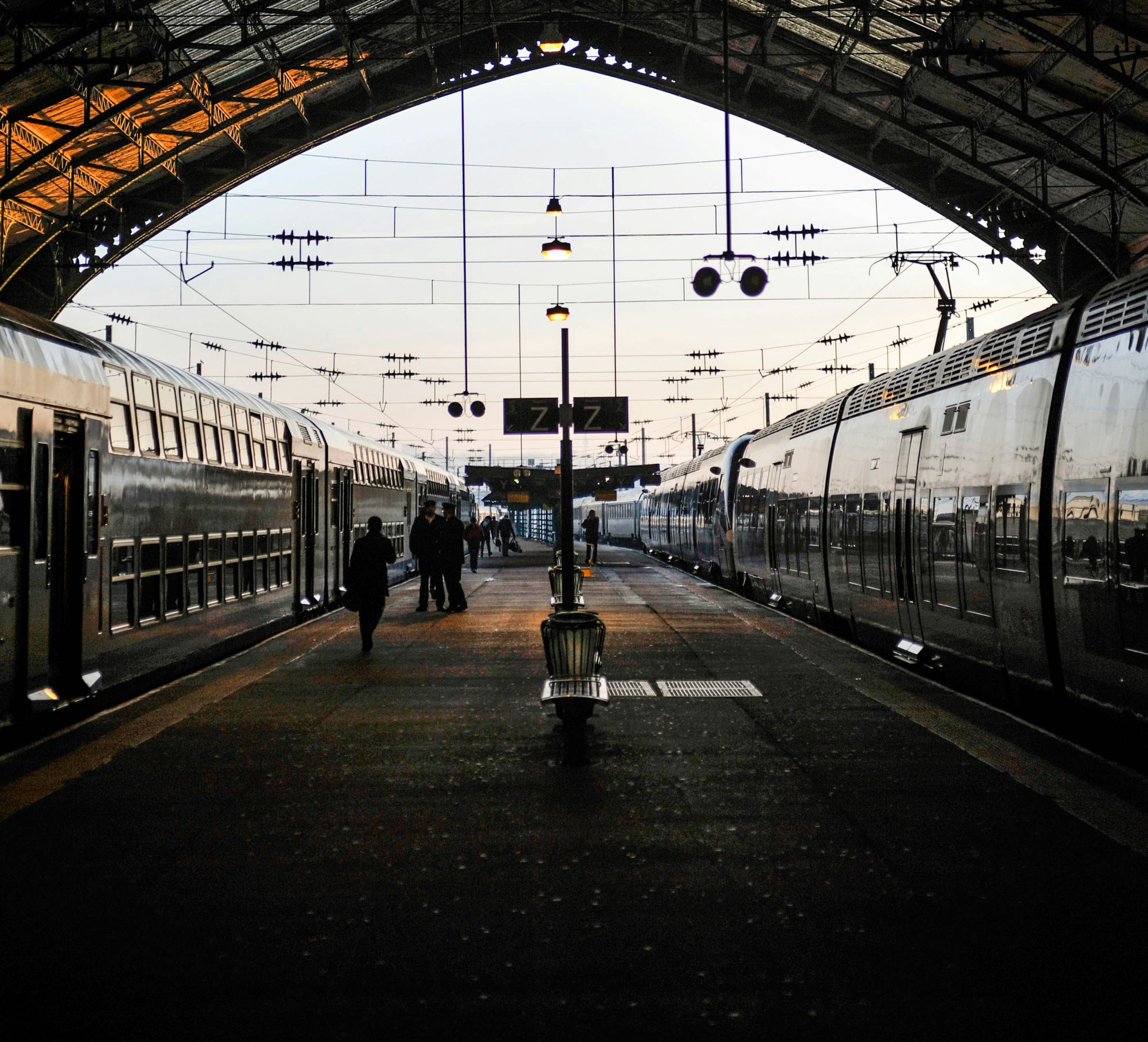Malaysia has given its century-old north-south railway a fresh commercial story. The long-trailed Electric Train Service revival on the southern stretch was kicked off over the weekend and framed as a catalyst for tourism and regional mobility. Industry voices were quick to point out that the upside depends on more trainsets and a stronger national campaign that sells a rail itinerary across secondary towns, not just another way to reach Kuala Lumpur.
The policy action is concrete. Following a ceremonial run driven by Malaysia’s King, Sultan Ibrahim, KTM will start a daily ETS service between KL Sentral and Kluang on August 30, using the new ETS3 train series rated for 140 km/h. This is a step in a staged opening of the Gemas–Johor Bahru corridor after years of delay. For now, it is one train each way per day with a scheduled time of about three and a half hours. Fares start around RM80, and stops span Bandar Tasik Selatan to Paloh. State officials say the line could reach Johor Bahru by late 2025 if works hold to plan.
Rolling stock and maintenance depth will determine whether the service scales to its promise. ETS operations rely on Chinese-built Class 93 electric multiple units supplied by CRRC Zhuzhou, a procurement that expanded the fleet in 2019 with a higher-spec business-class variant. The units are designed for 160 km/h, operate at up to 145 km/h in service, and have materially improved run times on the electrified West Coast section. The question is whether KTM has enough trainsets and crew resilience to lift frequencies to a level that makes rail a default choice for domestic movement, not a novelty.
Travel-time economics are heading the right way. Officials have consistently briefed that a full electrified through-service between Kuala Lumpur and Johor Bahru should bring the journey down to roughly four and a half hours, compared with about seven hours on the old diesel route. That change unlocks new weekend and business patterns, particularly for Johor’s manufacturing base and visitor flows to Desaru and coastal towns. Time certainty matters as much as speed. A reliable four-to-five-hour rail window competes credibly with door-to-door flying once airport access, security, and baggage time are included.
Two clarifications are important for international readers. First, the north-south railway spans about 1,150 km from the Thai border to Singapore’s Woodlands checkpoint, but the ETS runs only on electrified sections. Today that means Padang Besar to Gemas and, in stages, further south as the double-tracking and electrification works complete. Second, a direct ETS run into Singapore is not on the cards. Cross-border mass-transit will be handled by the RTS Link between Johor Bahru and Woodlands North, which is targeted to open by end-2026. The real integration challenge is therefore KL–JB ETS timing dovetailing with RTS frequencies across the strait.
This is where the capital logic lives. Malaysia has invested heavily in the Gemas–Johor Bahru electrified double-tracking project to remove bottlenecks and level crossings, and to introduce a modern signalling regime. That spend only translates into economic multiplier effects if two conditions are present. The first is frequency density. A single daily pair will not change mode share in a car-centric market. The second is through-ticketing and schedule integration that shortens perceived total journey time. A well-timed ETS arrival that hands off to RTS in minutes, plus firm last-mile options in Johor Bahru, can rewire commuting and weekend travel habits in the corridor. The launch headlines are encouraging, but the operating plan must move quickly from symbolic to systemic.
There is also a tourism allocation angle that deserves attention. The northern stretch has long benefited from brand recognition around Ipoh, Penang, and Perlis. The southern towns now entering the timetable need their own narrative and product. Kluang has the advantage of a new linear park beneath the viaduct and a clear identity around coffee culture, but most smaller stations will rely on private operators to stitch together food, heritage, farm-stay, and eco-tour experiences. That is precisely why industry voices keep pressing for a coordinated campaign and for KTM to commit to predictable, marketing-grade timetables rather than sporadic pilot runs.
A regional comparison helps frame expectations. Singapore’s cross-border RTS will anchor high-frequency movements by 2026, and that creates a backstop of demand at the southern end of the Malaysian rail spine. If KTM can time ETS services to meet that pulse and sustain on-time performance, Johor’s rail hub ambition becomes more than a slogan. If not, the corridor risks falling into a familiar pattern where infrastructure is commissioned, but ridership and revenue underperform because the final five percent of integration was never treated as a policy priority.
What it signals is a quiet pivot in Malaysia’s transport policy posture. The Malaysia ETS relaunch is not only about speed. It is an attempt to rebalance a national mobility mix that has long favored private cars, and to turn sunk capital in track and stations into a repeatable service economy that links secondary cities. The early service is thin, the marketing is nascent, and the border integration is still a promise. Yet the direction is clear. Frequency and connective tissue will decide whether this becomes a durable rail habit rather than a ceremonial restart.







.jpeg&w=3840&q=75)





